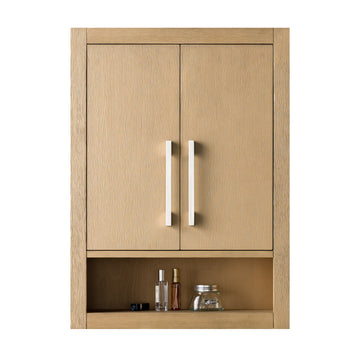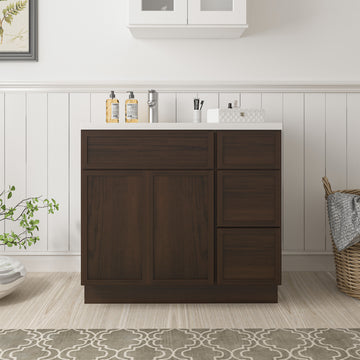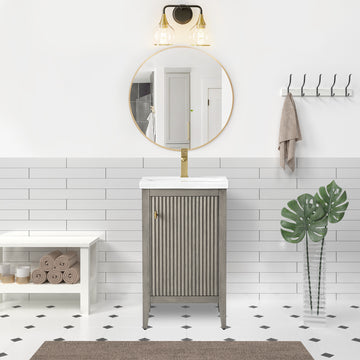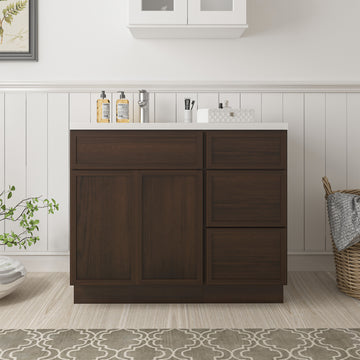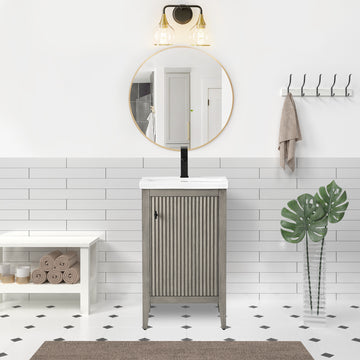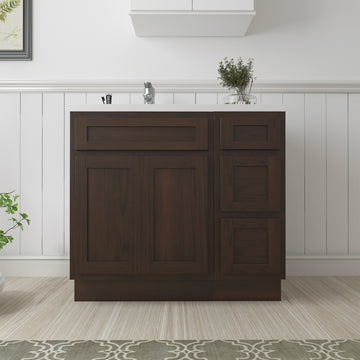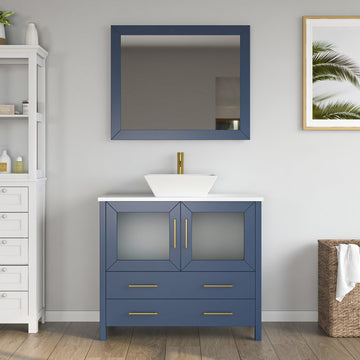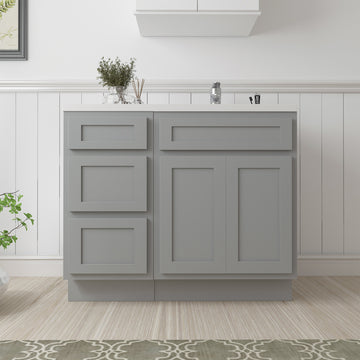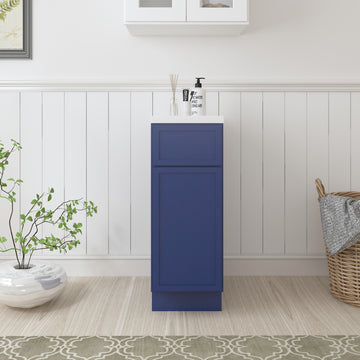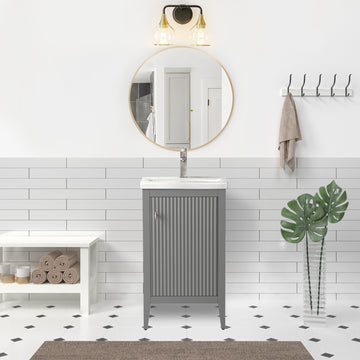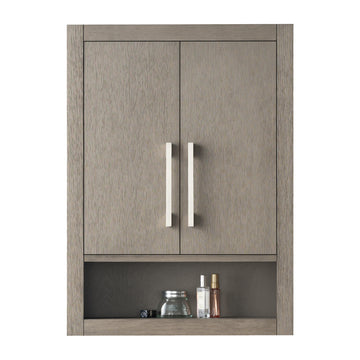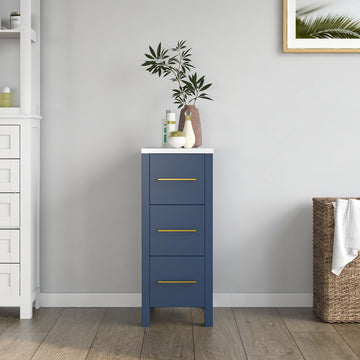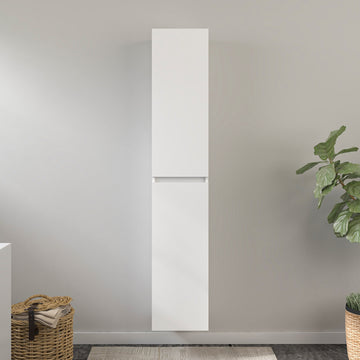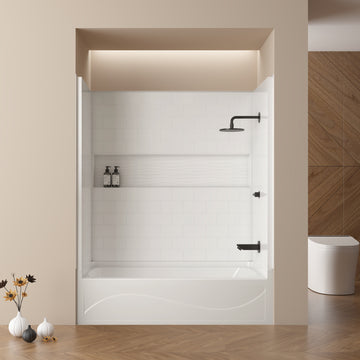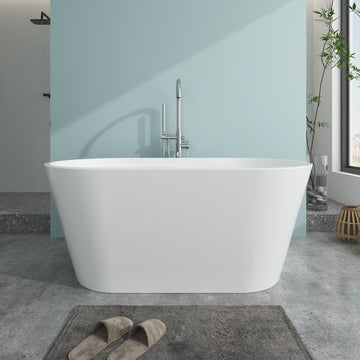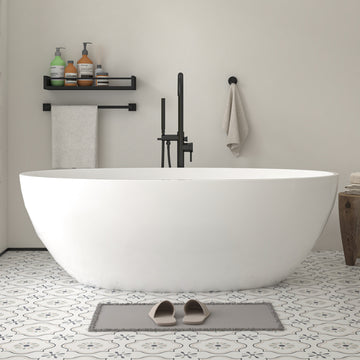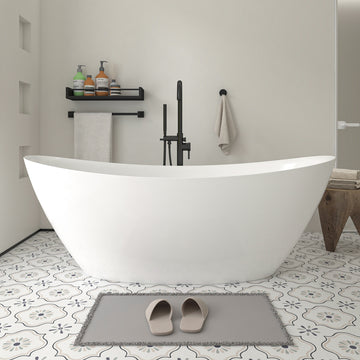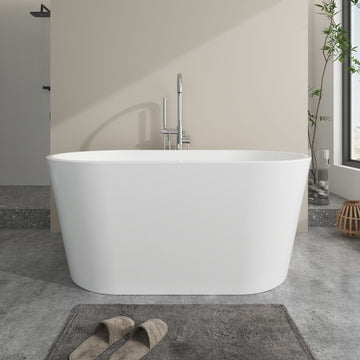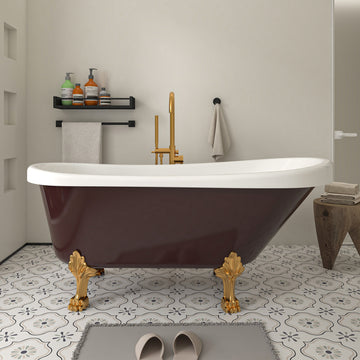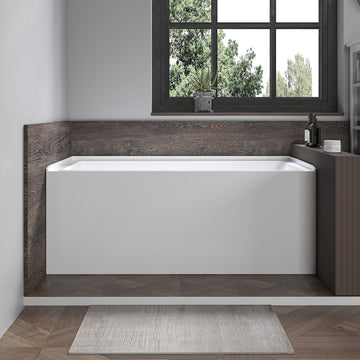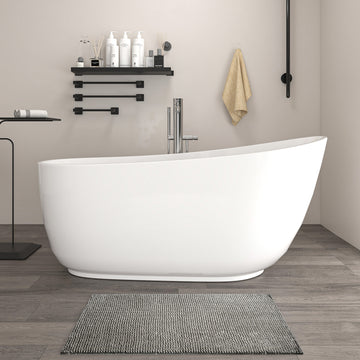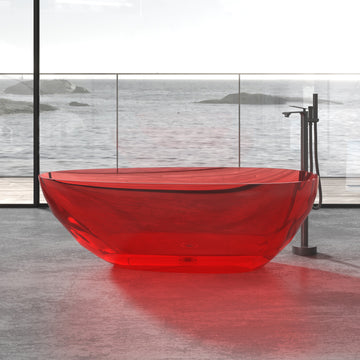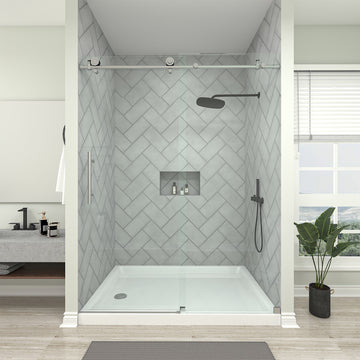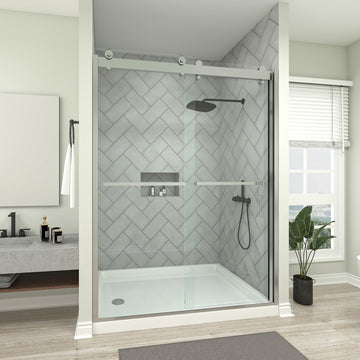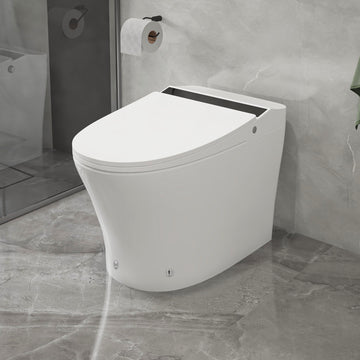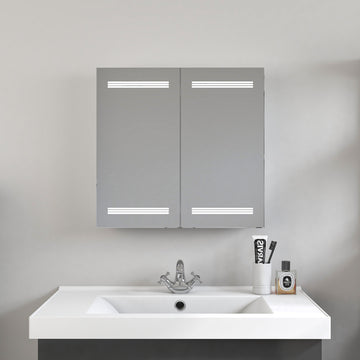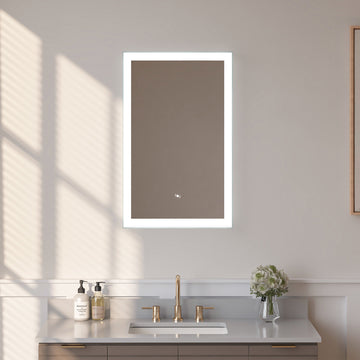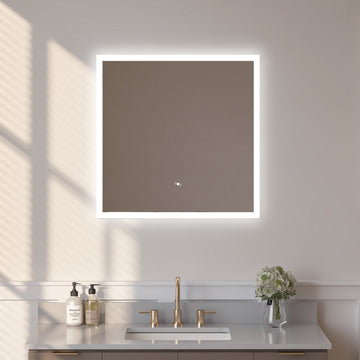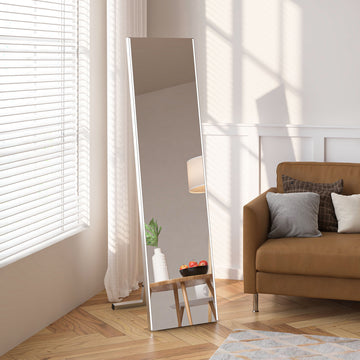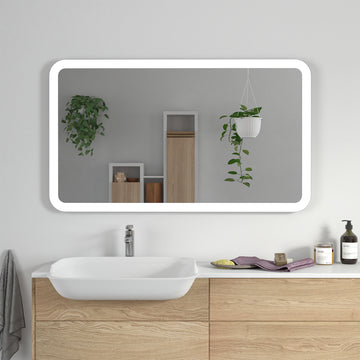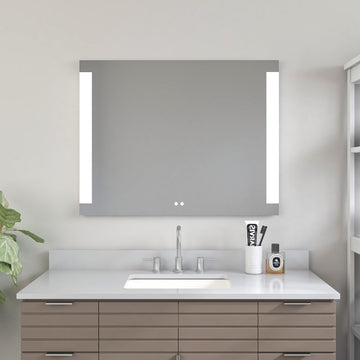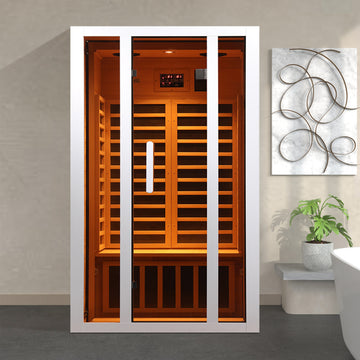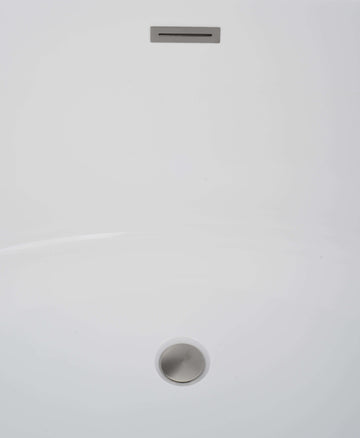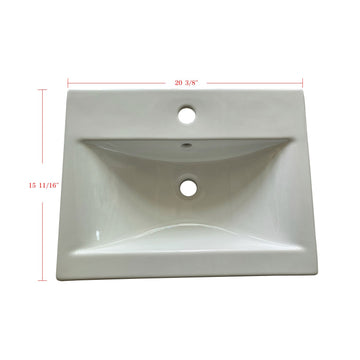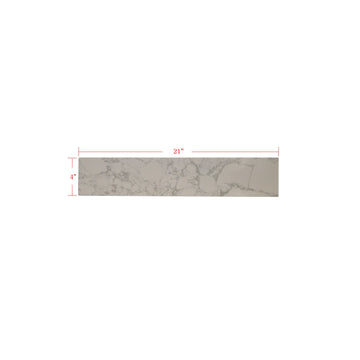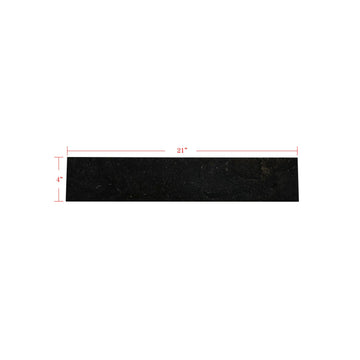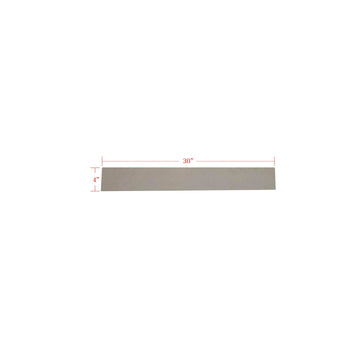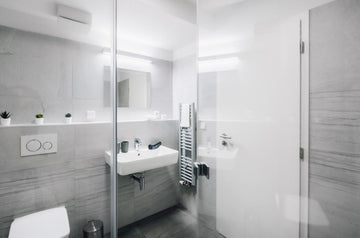Bathrooms are a magnet for pests thanks to constant moisture, hidden crevices, and the organic buildup that can accumulate in drains and around fixtures. If you’ve spotted tiny flies hovering near the sink, silverfish darting behind the toilet, or the occasional roach making an unwanted appearance, you’re not alone. Effective bathroom pest control starts with knowing what you’re dealing with, then applying targeted steps to remove the problem and prevent it from coming back.
In this guide, we’ll walk through how to identify common bathroom pests, the best DIY and professional control methods, and simple, preventative habits that keep your bathroom clean and pest-free. From drain flies and ants to silverfish and cockroaches, you’ll learn practical, safe strategies to tackle infestations at the source—without turning your routine upside down. Whether you rent an apartment or maintain a busy family home, these bathroom pest control tips will help you restore a fresh, healthy space quickly and confidently.
Identify the type of pest problems
Before you jump into bathroom pest control, it’s crucial to identify exactly what you’re dealing with. Different pests thrive in different conditions and require different treatments, so a quick inspection can save you time, money, and frustration.
Start with a simple checklist:
-
Where are you seeing activity? Note if pests cluster near drains, baseboards, under the sink, around the toilet, or near windows.
-
When are they active? Some pests are most visible at night (cockroaches), while others are active during the day (ants, drain flies).
-
What do you notice? Look for wings, shed skins, egg cases, droppings, or larvae in drains.
-
What conditions exist? Check for moisture sources like leaky pipes, poor ventilation, damp grout, or standing water in plant saucers.
These clues will help you match the pest to the right control strategy.
Common problems
Drain flies (moth flies)
-
What they look like: Tiny, fuzzy, moth-like flies that rest on walls near sinks, tubs, or showers.
-
Key signs: Worm-like larvae in gunk inside drains; flies emerge after using the shower or sink.
-
Why they’re there: Organic buildup in drains and traps provides a perfect breeding site.
Silverfish
-
What they look like: Silver-gray, carrot-shaped bugs that move in a fast, fish-like motion.
-
Key signs: Paper damage, tiny pepper-like droppings, and sightings at night.
-
Why they’re there: High humidity, starchy materials (paper goods), and tight crevices.
Cockroaches (often German roaches)
-
What they look like: Light brown, small roaches with two dark stripes behind the head.
-
Key signs: Peppery droppings, egg cases (oothecae), shed skins, musty odor; most activity at night.
-
Why they’re there: Warmth, moisture, and food residue—especially under sinks and around plumbing.
Ants
-
What they look like: Small brown or black ants trailing to water sources or sweets.
-
Key signs: Visible trails leading to sinks, showers, or cosmetic residue (lotions, toothpaste).
-
Why they’re there: Moisture and sugar residues; leaks can attract nesting nearby.
Fungus gnats
-
What they look like: Slender, mosquito-like gnats that hover near plants or damp areas.
-
Key signs: Activity near potted plants kept in the bathroom; larvae in wet soil.
-
Why they’re there: Overwatered plants and constant humidity.
Springtails
-
What they look like: Minute, grayish insects that “jump” when disturbed.
-
Key signs: Clusters in tubs, sinks, or on damp window sills.
-
Why they’re there: Excess moisture in grout, caulk, or around leaks.
Mold mites and booklice (psocids)
-
What they look like: Very tiny, pale insects often only visible up close.
-
Key signs: Presence on damp walls, around moldy caulk, or in cabinets with condensation.
-
Why they’re there: Mold growth from persistent humidity.
House centipedes
-
What they look like: Long, fast-moving arthropods with many legs.
-
Key signs: Occasional sightings at night along baseboards.
-
Why they’re there: They prey on other pests—often a sign of an underlying insect issue.
With a clear ID, your bathroom pest control plan can target the source—whether that’s a dirty drain, a hidden leak, or high humidity—so treatments actually work and last.
How to pest control
Effective bathroom pest control follows a simple rhythm: clean first, treat second, then monitor. Clear the vanity, wash mats and towels on hot, and vacuum corners and baseboards so you can see what’s going on and remove hidden debris.
Dry the room out. Fix drips at faucets and supply lines, snug loose P-traps, and re-caulk gaps around tubs, sinks, and plumbing. Run the exhaust fan during showers and for 20–30 minutes after, squeegee tiles and glass, and aim for under 50% humidity. Pests hate dry bathrooms.
If you see tiny flies, start with the drains. Pull the stopper, scrub the throat and P-trap to strip biofilm, flush with hot water, then use a bio-enzymatic drain gel nightly for a week. Do a tape test (clear tape over the drain, sticky side down overnight); if adults show up under the tape, repeat the cycle. Skip pesticides in drains—they don’t reach larvae.
Use targeted controls over broad sprays. Place a couple of sticky monitors under the vanity and behind the toilet to track activity. Prefer baits and light dusts (boric acid or silica) in cracks and voids, and refresh baits weekly until counts drop.

Quick targets by pest
-
Ants: wipe trails with 1:1 vinegar and water, then set sugar-based baits along the trail and near plumbing; don’t spray foragers.
-
Cockroaches: pair tight sanitation with small dots of gel bait in cabinet corners and near warm pipes; add a whisper-thin dust in hidden voids.
-
Silverfish: lower humidity, use a few sticky traps along baseboards, and apply silica dust in cracks and behind trim.
-
Springtails: fix leaks, dry grout, seal pipe gaps; if they’re migrating indoors, improve exterior drainage.
-
Fungus gnats: let plant soil dry, use yellow sticky cards, and treat soil with BTi per label.
-
Mold mites/booklice: remove mold, replace moldy caulk, and improve ventilation.
-
Spiders/centipedes: reduce their food by controlling other insects; vacuum webs and seal gaps.
Safety stays front and center. Read labels, keep products away from kids and pets, and never mix cleaning chemicals (especially bleach with ammonia or acids). Skip foggers; they’re messy and rarely help with bathroom pest control.
Call a pro if roaches remain daily after two weeks of baiting and sanitation, ants ignore baits or nest in walls, drain flies persist after thorough cleaning and enzymes, or moisture damage keeps coming back. A licensed technician can pair structural fixes with precise treatments to close the loop.
How to prevent pest infections

Prevention is the backbone of bathroom pest control. Most bathroom pests thrive where moisture, organic buildup, and small gaps give them shelter and food. Shift your routine toward keeping things dry, sealed, and clean at the source, and you’ll dramatically reduce the chance of flies, roaches, silverfish, and ants moving in.
Start with moisture management. Repair leaks quickly—faucets that drip, loose traps under the sink, and damp toilet bases all create micro-habitats pests love. Run the exhaust fan during every shower and for 20–30 minutes afterward, squeegee tiles and glass to remove standing water, and hang towels so they fully dry between uses. If humidity lingers, use a small dehumidifier and aim to keep the bathroom under 50% relative humidity. Replace crumbling grout and cracked caulk; water behind finishes is a common trigger for springtails, booklice, and mold mites.
Keep drains clean and boring for pests. Hair and soap scum form a biofilm that feeds drain fly larvae, so make a quick scrub part of your routine. Pull stoppers, brush the throat and trap, flush with hot water, and use a bio-enzymatic drain cleaner periodically to digest residue. Install fine mesh strainers to catch hair and keep debris from accumulating. Avoid pouring pesticides into drains—mechanical cleaning plus enzymes is safer and more effective long-term.
Seal and maintain entry points. Pests slip in around plumbing penetrations, baseboards, and loose trim. Fit escutcheon plates or seal gaps with caulk or foam backer rod where pipes enter walls, repair peeling baseboard caulk, and tighten thresholds. If you discover water-damaged wood or soft drywall, replace it; compromised materials hold moisture and harbor insects.
Simplify storage and sanitation. Bathrooms collect sticky residues—from toothpaste to hair products—that attract ants and roaches. Wipe countertops and cabinet interiors regularly, store products with lids on, and avoid keeping cardboard boxes (which absorb moisture) under the sink. Empty the trash frequently and use a can with a tight-fitting lid. Decluttering makes it harder for pests to hide and easier for you to spot issues early.
Be mindful of plants. If you keep greenery in the bathroom, let soil dry between waterings and consider a top dressing of coarse sand or using inert media like LECA to discourage fungus gnat larvae. Move heavily infested plants out of the bathroom until you’ve treated the soil and reduced humidity.
Add light monitoring to catch problems early. A couple of low-profile sticky traps under the vanity and behind the toilet can reveal trends before they turn into infestations. If you start seeing increased activity, revisit moisture control and drain hygiene first, then deploy targeted baits or dusts as needed.
A quick weekly routine helps keep everything on track:
-
Run the fan, squeegee wet surfaces, and hang towels to dry.
-
Brush and flush drains; clean stoppers and strainers.
-
Wipe counters and cabinet interiors; empty the trash.
-
Scan for leaks, soft grout, or new gaps around plumbing.
With these habits, bathroom pest control becomes a simple maintenance practice rather than a recurring battle, and your space stays fresh, dry, and pest-free.
Final thoughts on bathroom pest control
Bathroom pest control doesn’t have to be complicated. When you identify the culprit, remove the moisture and organic buildup fueling it, and use targeted, low-impact treatments, most infestations fade quickly—and stay gone. The real win comes from consistency: a clean drain routine, good ventilation, and sealed gaps make your bathroom a tough place for pests to thrive.
If you’re just getting started, pick one or two quick wins today—scrub the drains, run the fan longer after showers, and set a couple of sticky monitors. Then schedule the bigger fixes for the weekend, like re-caulking gaps and addressing minor leaks. Small steps add up fast.
And remember, calling a professional is smart when activity persists despite solid sanitation and baiting, or when moisture issues hint at a larger building problem. Whether you’re tackling drain flies, ants, silverfish, or cockroaches, the same principles apply: remove the conditions, apply targeted control, and maintain prevention. With a simple routine, your bathroom stays fresh, healthy, and pest-free.

